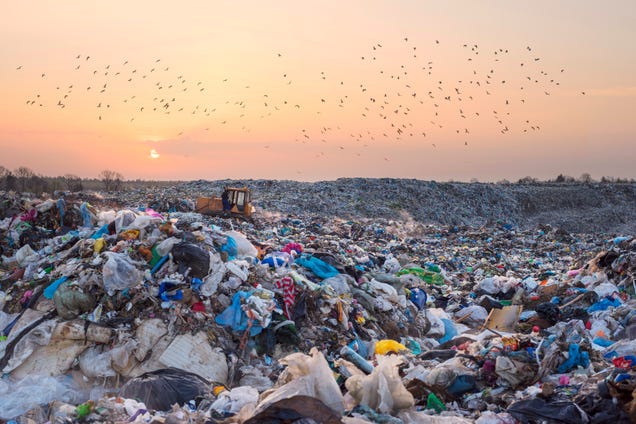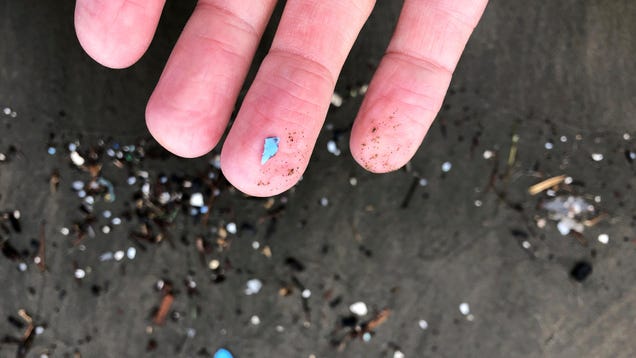University of Portsmouth/ Getty
What do we get wrong when we talk about ocean plastic? A lot, it turns out.
Business Insider producer Elizabeth McCauley dives into the scientific literature and talks to experts to find out how we actually solve this problem.
Underwater welders have one of the world's riskiest jobs. We followed welders in Indonesia who dive with minimal protection in polluted waters to build piers for petrochemical plants that are booming across the country.

This story was originally published by Grist. Sign up for Grist’s weekly newsletter here.
Amazon is trying to eliminate plastic that doesn't get recycled. It's actually making some progress.
Robert Michael/Getty Images

Scientists first found microplastics, those tiny pieces of plastic smaller than 5 millimeters, on British beaches in 2004. In the 20 years since, the world has watched on in horror as microplastics began turning up in virtually every nook and cranny on the planet.

It seems that nobody—and no body part—is safe from microplastics. In a recent study, researchers found traces of plastic in the testicles of both dogs and humans. The potential health impacts of this discovery are not yet clear, but the team suggests it may help explain why men’s sperm counts have declined over time.

Climbing gyms might be teeming with toxic rubber particles, recent research suggests. The study found high levels of rubber additives in the air and dust of two climbing gyms, likely coming from the soles of specialized climbing shoes worn by gym goers. The authors say that customers and workers might be getting…
Carl Godfrey for BI
With bamboo-based products on the rise, we wanted to see how they compared to their plastic and paper counterparts.
